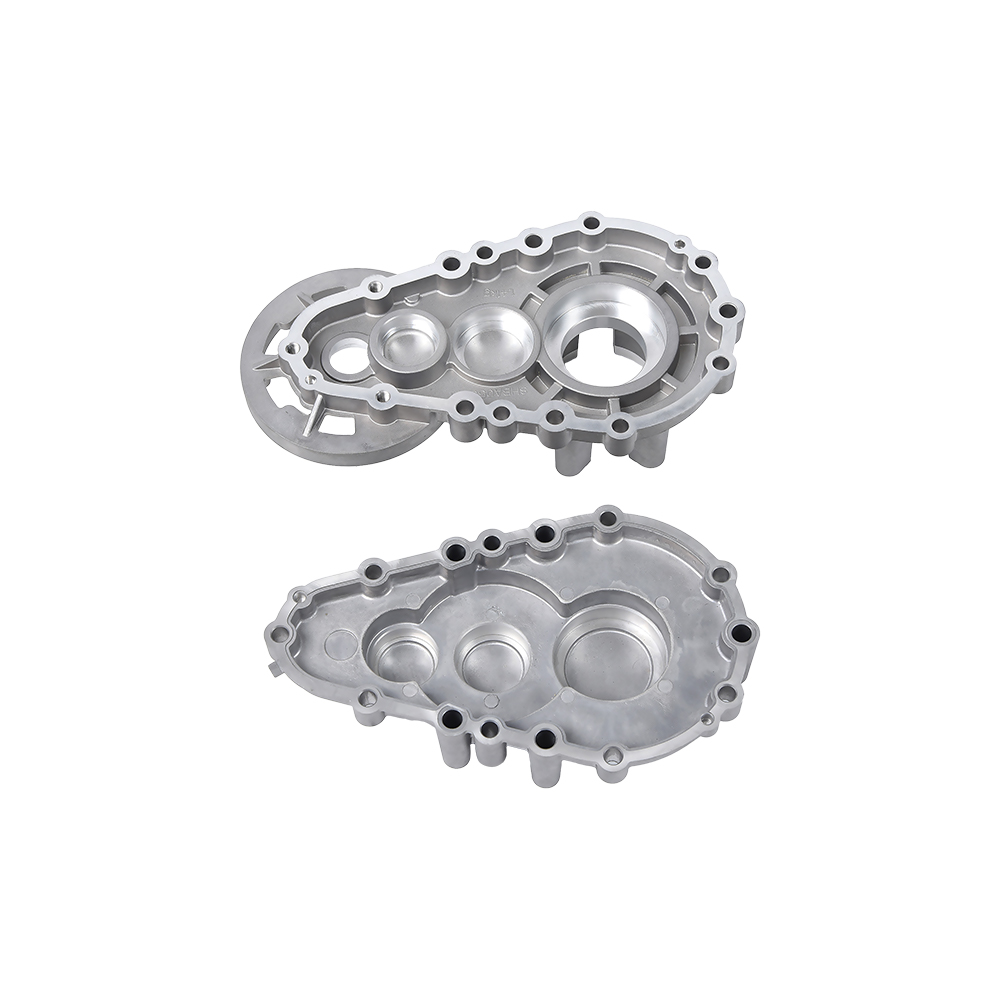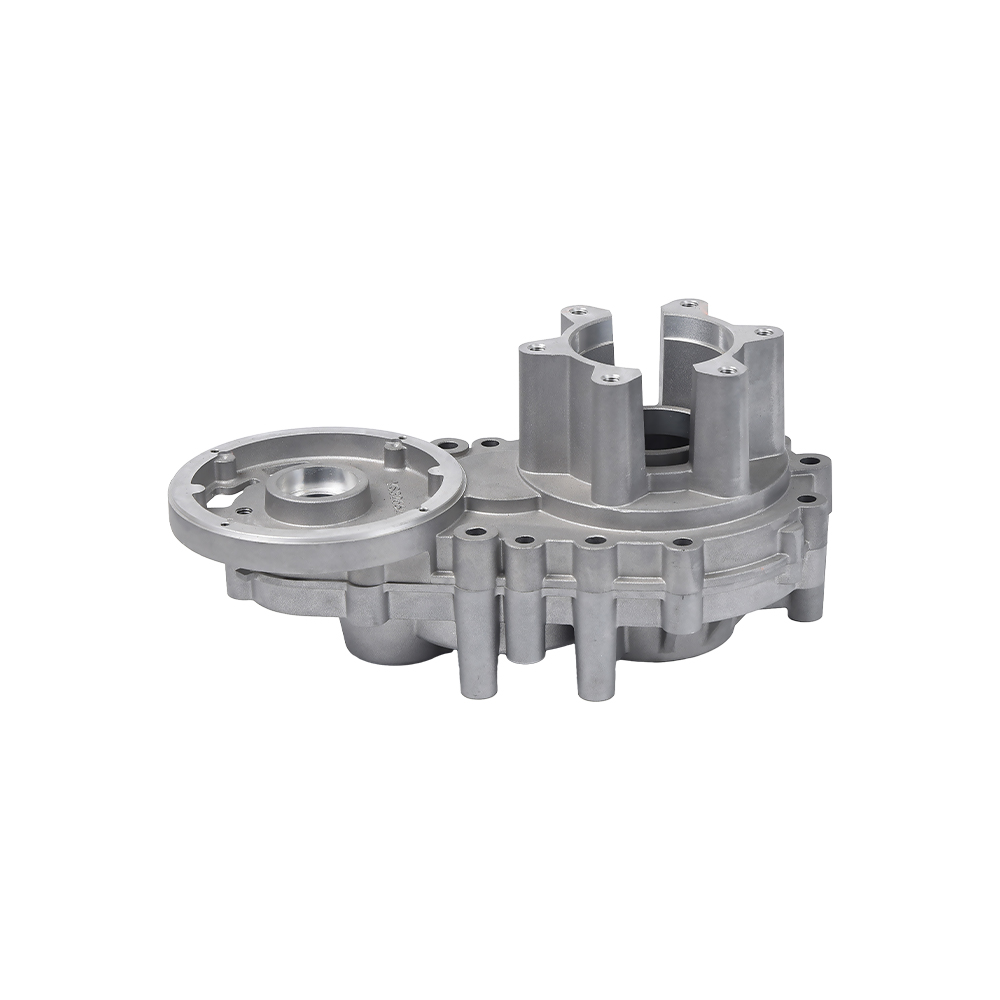Content
Die Casting Working Principle
1. Preparing the Steel Mold
Custom Mold: Based on the shape of the part, a precision mold (technically called a die) is carved from special steel in two halves. The hollowed-out part is the shape of the part.
Preheating Spray: The mold is heated to approximately 200℃ (hot to the touch), and a layer of water-based release agent (like a non-stick coating) is sprayed on to prevent the metal from sticking to the mold.
2. Molten Metal Injection
Melting Metal: The aluminum alloy block is melted in a furnace (approximately 660℃, dark red).
High-Pressure Injection: The molten aluminum is scooped into an injection cylinder and injected into the mold at a projectile speed (faster than a high-speed train) using a hydraulic plunger, filling all corners within 0.1 seconds.
3. Cooling and Solidification
Rapid Cooling: Cooling water circulates inside the mold (like a car radiator), and the molten aluminum solidifies within 10 seconds.
Continuous Extrusion: The plunger maintains high pressure to compensate for the shrinkage during aluminum solidification, preventing internal voids.
4. Mold Opening and Part Removal
Ejection: The mold opens, and ejector pins push the part and excess material (sprue, scrap) out together.
Trimming and Grinding: The excess material is trimmed, and burrs are removed using a grinding wheel or vibratory feeder to obtain a smooth die-cast part.
5. Quality Inspection and Refurbishment
Flaw Detection: X-ray scanning is used to check for air bubbles, and dimensional measurements are performed using calipers to ensure they meet standards.
Mold Maintenance: Every few hundred parts produced, the mold venting channels are cleaned, and a protective coating is applied.

 English
English русский
русский Español
Español










